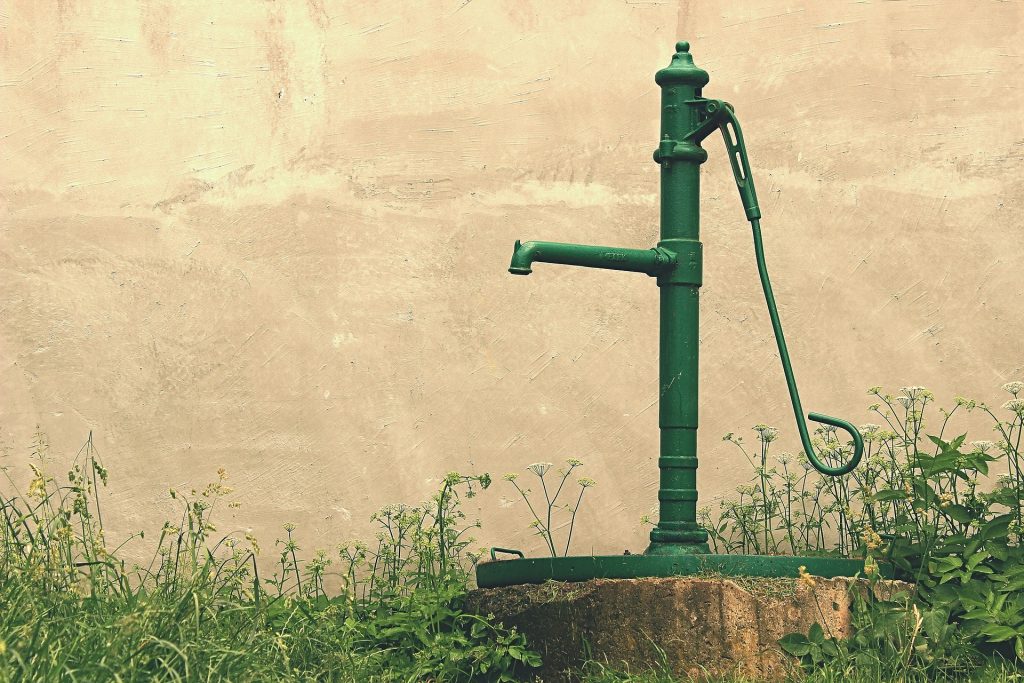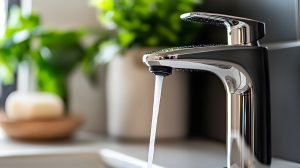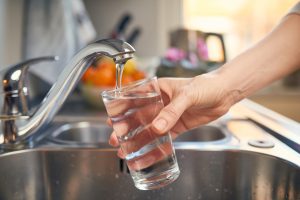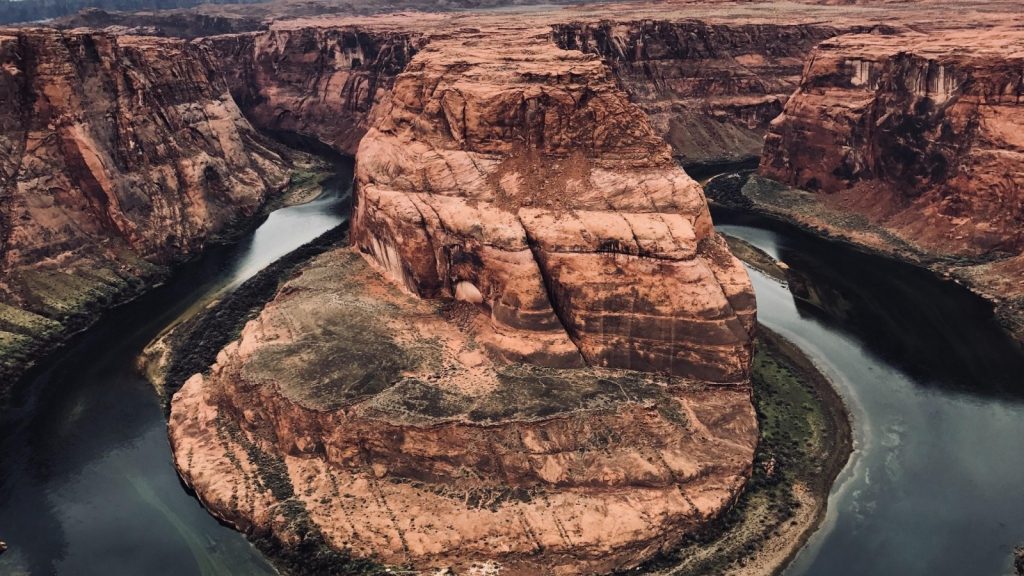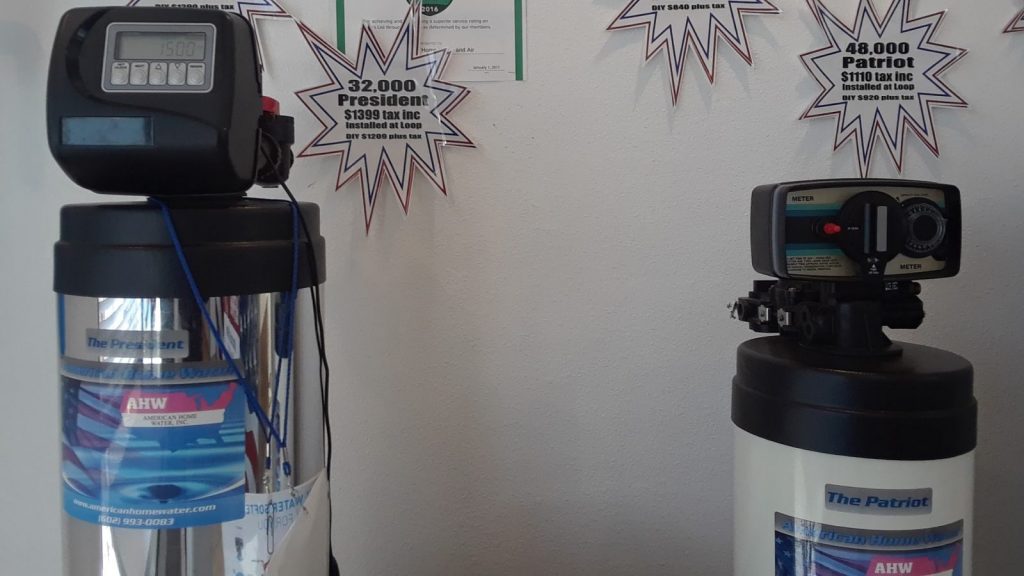The highest percentage of tap water in Arizona (around 60%) comes from surface water. However, the remaining 40% is sourced from groundwater.
This is a significant concern, especially considering that various researches have shown groundwater in Arizona to contain a harmful carcinogen known as chromium VI. This chemical was made quite famous by Erin Brockovich, who worked tirelessly to build a case in 1993 against PG&E (Pacific Gas & Electric Company) in California. This lawsuit even inspired the creation of Erin Brockovich’s film in 2000, starring Julia Roberts.
So, does Chromium VI make groundwater in Arizona too unfit to drink? Well, not necessarily. While exposure to the chemical can lead to pneumonia, skin burns, and even some instances of cancers, there is a brighter side. This water is treatable, and the state’s standards and regulations ensure that it is.
In this piece, we will try to handle and answer one of the most pressing questions in Arizona for both locals and visitors.
Is it Safe to Drink Well Water in Arizona?
Despite being treated at the municipal level, the water that gets to our homes is not always 100% safe. So, whether it’s contaminants, or high amounts of hard minerals, treating the water at home is always a great idea. This will ensure that whatever might have escaped the filtering process doesn’t affect your household.
While the main contention on Arizona well water is chromium VI, it’s not the only contaminant in the water. Hardness, which can cause grave problems to a home’s plumbing and fixtures, is also a problem in the water. Luckily there are several methods you can use to eliminate these threats from your household.
These include:
Water Softeners
When dealing with hardness in water, water softeners are the way to go. These instruments are designed to remove hardness elements in the water, mainly calcium and magnesium ions.
Home water softeners are also known as ion exchange units, as they help remove the positively charged ions of magnesium and calcium from household water. Typically, water softener devices contain resin beads, which attract and trap these ions, letting mineral-free water pass the filter. These resin beads are either charged with sodium or potassium and can be recharged once used for a while.
The whole process entails replacing the existing calcium and magnesium ions in the tap water with potassium or calcium. And, this leads us to the next question. Doesn’t the process increase the water’s salinity?
And the answer is No. Water softeners use minimal amounts of sodium or potassium to filter the hardness ions. Studies show that even “very hard water” doesn’t require too much sodium to make it soft. Typically, only around 12.5 milligrams of sodium is used per glass of water.
So, is well water safe to drink in Arizona?
Well, if water hardness was your concern, then water softeners sort out your problems.
But, one concern about the softeners remains.
Don’t these Water Softeners Remove Essential Minerals from the Water?
The World Health Organization recommends that drinking water should at least have 10% of magnesium and calcium. If you are concerned about this, the truth is that softeners remove almost every bit of these elements. But this doesn’t mean you can’t drink water with these minerals from your tap water.
There are two ways around this. One – use an ionizer or other forms of water treatment that don’t scrap every bit of these ions from the water. Some systems will reduce the water hardness but allow some small amounts of minerals to pass through.
Secondly, you can create a by-pass on your plumbing, which most water softeners will have, to allow freshwater with minerals to bypass the softener. This way, you can drink your mineral-rich water while saving your plumbing and water fixtures in the house.
Reverse Osmosis Filtration Systems
This water treatment system answers this question exhaustively – is it ok to drink well water in Arizona?
Unlike a water softener that only deals with water hardness issues, an RO system tackles both water quality and hardness. Reverse osmosis is like the standard method for water filtering. In fact, it’s the method used by bottled water companies. The process is not only efficient but also cost-effective.
The RO filtration system removes various contaminants in the water, including the feared chromium VI, bacteria, viruses, foul odor, hard minerals, and even heavy metals. This means that you’ll have dealt with water quality, as well as its hardness.
Hard water is known to cause clogging and corrosion on the plumbing system, leading to unnecessary early repairs that could be expensive. Also, it makes it hard to use detergents, which makes laundry days unpleasant.
How does an RO System Work?
The system contains three distinct filtering parts. These include one semi-permeable membrane set between two carbon filters. The first carbon filter deals with large sediment, which might clog the filtering membrane.
Once these are removed, the water passes through the membrane, which removes all the contaminants that passed through the carbon filter. The third stage is another carbon filter, post-filter, which ensures that nothing gets beyond the membrane reaches the taps.
An RO filtering process will remove around 99.9% of contaminants, handle the bad smell, and remove hardness. This way, you can enjoy pure freshwater that is both soft and tasty. It’s the most effective way to ensure you are drinking healthy water, especially in places like Arizona.
So, why is well water safe to drink in Arizona? Reverse Osmosis answers that question.
Water-Borne Diseases in Arizona
The hard fact is, groundwater in Arizona is responsible for several illnesses. This is especially if people drink well water without treating it. Here are some of these illnesses:
- Giardiasis
This water-borne illness results from the Giardia parasite. Its main symptoms will include nausea, diarrhea, stomach cramps, and gas. The signs are visible about three weeks of infection and will last for several more weeks.
According to the Arizona Department of Health Services, this illness affected 57 people in 2019.
- Amebiasis
Caused by a parasite known as Entamoeba histolytica, you contact this illness by consuming contaminated food or water.
While not everyone shows the symptoms, most of the signs will include stomach cramps, pain, and diarrhea. The symptoms will show after approximately 2-4 weeks of infection.
- Salmonellosis
This was one of the most prevalent water-borne diseases in Arizona. It is caused by bacteria known as Salmonella, which infects you through contaminated water or food. Symptoms for Salmonellosis include fever, stomach cramps, and diarrhea.
Other water-borne diseases prevalent in Arizona include:
- Shigellosis
- Cryptosporidiosis
- Viral Gastroenteritis
- Legionellosis
- Adenovirus Infections
Conclusion: Is Well Water Drinkable in Arizona?
The correct answer to this question is YES! Well, water in Arizona is drinkable. However, this is only after following the necessary treatment standards, as discussed above.
If you want to avoid any water-borne illnesses or soften your household water, water softeners or reverse osmosis filtering process are perfect for this purpose.
However, before installing any water softener or reverse osmosis system in your home, seek advice from an expert. This will ensure that you get suitable techniques for your household needs. At AHWA, we have the right people for this and have done it for a long time, guaranteeing exceptional results.


